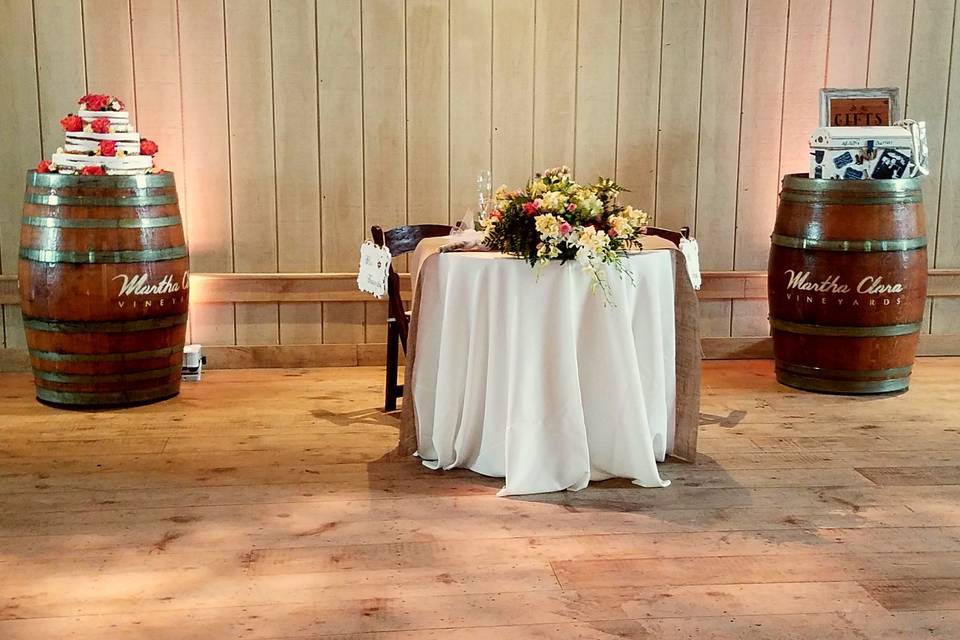Highlighting the Impact of Illumination Techniques on the Craft of Video Projection Mapping Techniques
Highlighting the Impact of Illumination Techniques on the Craft of Video Projection Mapping Techniques
Blog Article
Motion projection projection is an exciting creative form that merges tech and creativity to transform ordinary spaces into extraordinary sight exhibits. This method involves projecting graphics and videos onto 3D objects, such as structures, sculptures, or platforms. One of the most crucial factors in producing successful mapping is the use of efficient lighting techniques. Proper lighting improves the visual components of the projection and guarantees that the images are crisp and engaging. This piece explores the influence of lighting methods on motion projection and how they can enhance the overall experience.
Lighting plays a crucial part in video projection because it establishes the atmosphere and tone of the display. Different lighting methods can elicit various feelings and reactions from the audience. For instance, using soft, warm illumination can create a inviting atmosphere, while bright, cold lights may produce a more energetic or intense impact. By carefully selecting light colors and intensities, creators can influence how audience interpret the displayed visuals, leading to a more immersive experience. The balance between mapping luminance and surrounding light is essential, as it can significantly affect the visibility and impact of the images.
In addition to, hue and brightness, the angle of illumination also affects the efficacy of mapping. Illumination from different directions can generate contrast and accents that introduce dimension to the mapped visuals. This method, known as light and shadow, can improve the three-dimensionality of the subjects being projected. Additionally, using dynamic illumination can add dynamism to the display, making the encounter more involving for the audience. When the illumination interacts with the mapped images, it can produce an effect of motion and change, grabbing the audience's attention.
Another essential aspect of lighting in projection is the use of special features. Methods such as patterned illumination, which navigate to this website employs shapes and forms to filter light, can add depth and intricacy to the projections. This method enables artists to layer images and create visually stunning effects that enhance the projection. Moreover, adding laser lights or light-emitting diode illumination can additionally enhance the display, offering a unique blend of visual elements that draw the audience in. These special effects, when used thoughtfully, can elevate the projection into a basic show to an engaging piece of creativity.
In summary, the influence of illumination methods on motion mapping is significant. By understanding how various lighting elements connect with mapped visuals, artists can create enthralling experiences that resonate with viewers. The careful choosing of hue, intensity, angle, and special effects allows view publisher site for a vivid canvas of sight narrative. As tech advances to grow, the possibilities for artistic showcasing in mapping will only grow, making lighting an ever-important component in this innovative art form.